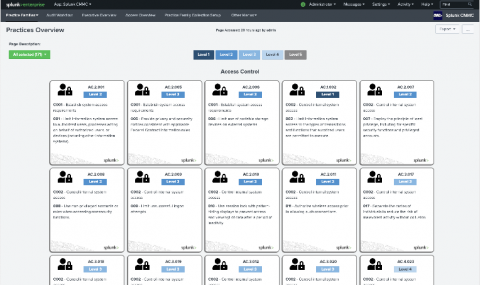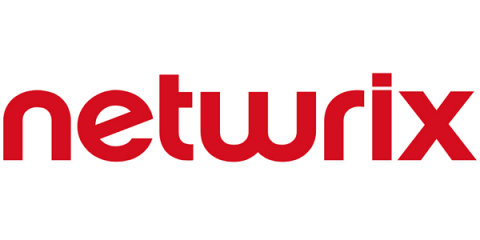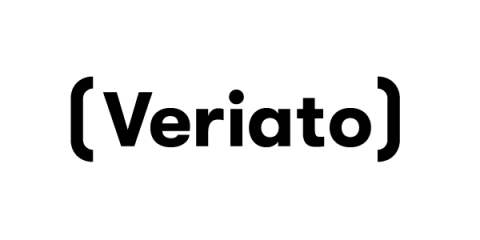Introducing the Splunk for CMMC Solution
On January 31st, 2020, the Office of the Undersecretary of Defense for Acquisition and Sustainment (OUSD A&S) published V1.0 of the Cybersecurity Maturity Model Certification (CMMC). The CMMC builds on DFARS both in terms of required practices and by establishing “trust, but verify” relationships with DoD contractors.











